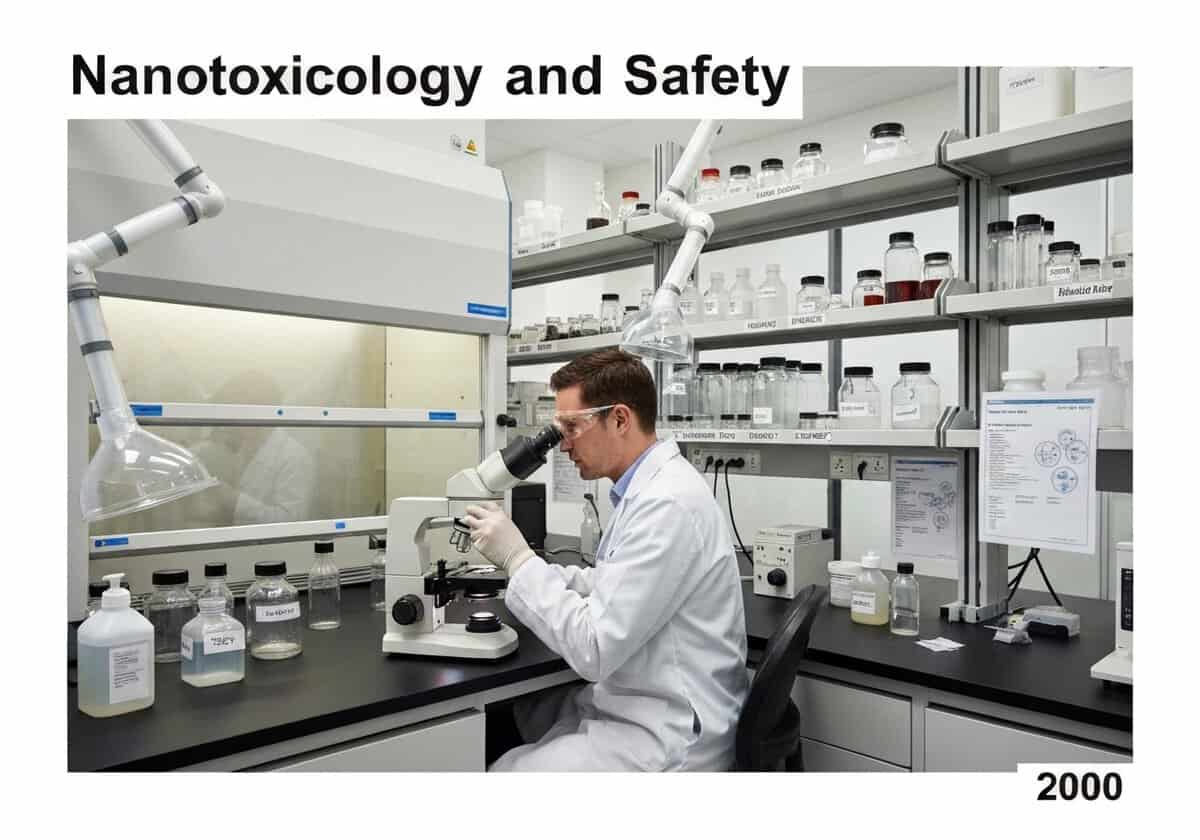Nanotoxicology is the study of the toxicity of nanomaterials. Due to their small size and high surface-area-to-volume ratio, nanoparticles can exhibit unexpected toxicity not seen in their bulk counterparts. They can potentially cross biological barriers like the blood-brain barrier, enter cells, and interact with biological systems in novel ways, raising concerns about health and environmental safety.
The unique physicochemical properties that make nanomaterials attractive for various applications also underlie their potential for adverse biological effects. Nanotoxicology investigates how these properties—including size, shape, surface chemistry, charge, and solubility—influence interactions with living organisms. A key concern is the ability of nanoparticles to translocate within the body after exposure through inhalation, ingestion, or skin contact. Their small size allows them to evade normal physiological clearance mechanisms, such as phagocytosis by macrophages in the lungs, and to access sensitive organs and tissues that are protected from larger particles.
Once inside the body, nanoparticles can induce toxicity through several mechanisms. One of the most studied is the generation of reactive oxygen species (ROS), leading to oxidative stress. The high surface area of nanoparticles provides a large interface for catalytic reactions that can produce free radicals, which in turn can damage cells by oxidizing proteins, lipids, and DNA. Another mechanism is inflammation, where the immune system recognizes the nanoparticles as foreign invaders, triggering a persistent inflammatory response that can lead to chronic disease. Furthermore, some nanomaterials, particularly fibrous ones like certain types of carbon nanotubes, have been compared to asbestos due to their high aspect ratio, raising concerns about carcinogenicity. The field aims to understand these mechanisms to establish dose-response relationships, identify hazardous materials, and guide the development of safer nanomaterials and handling protocols to mitigate risks for workers, consumers, and the environment.

















